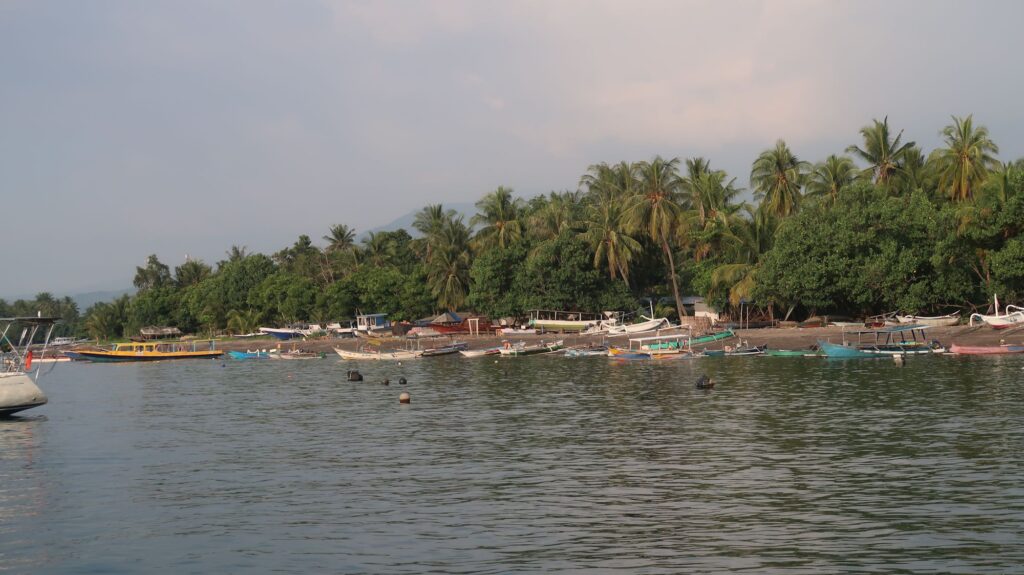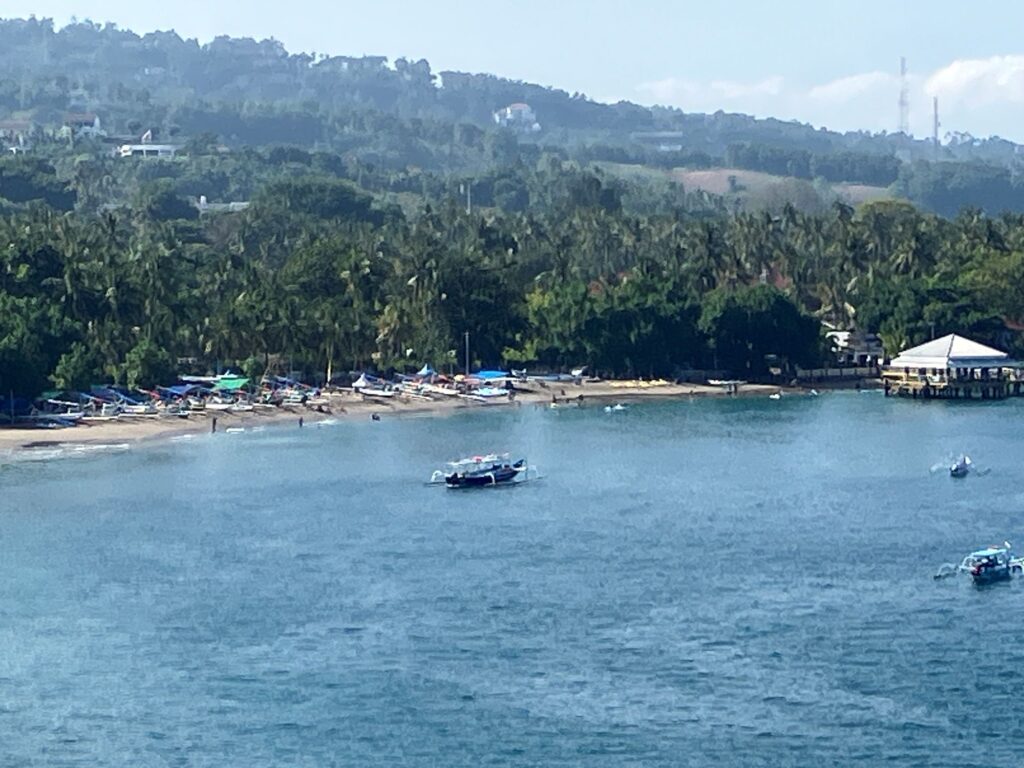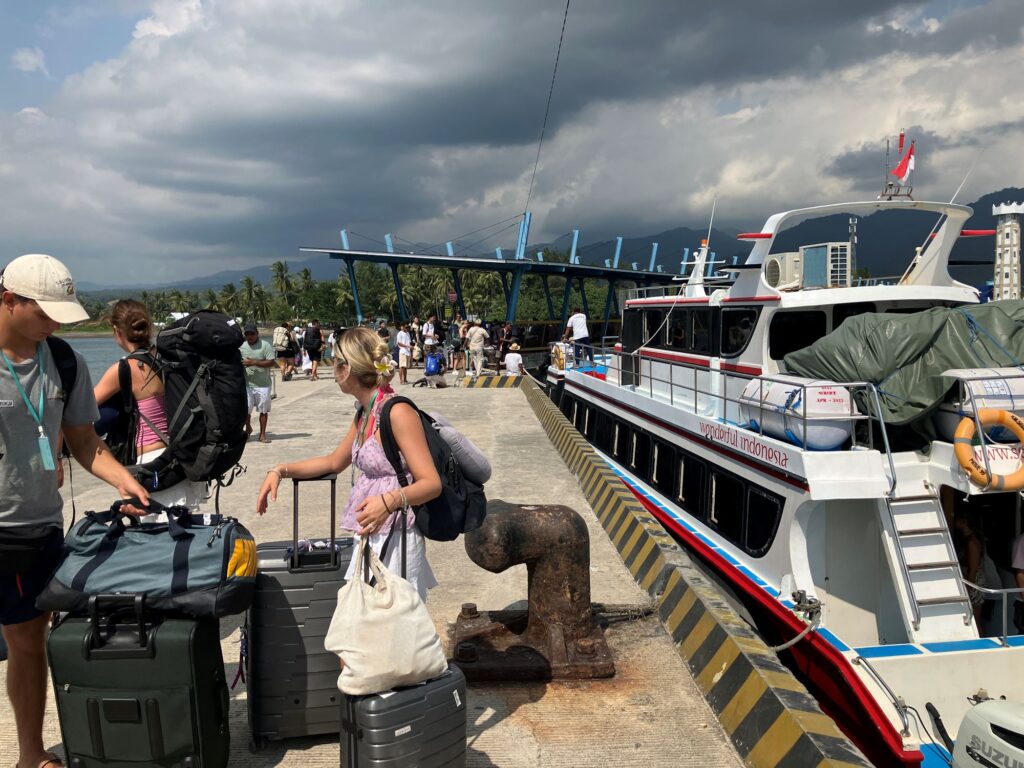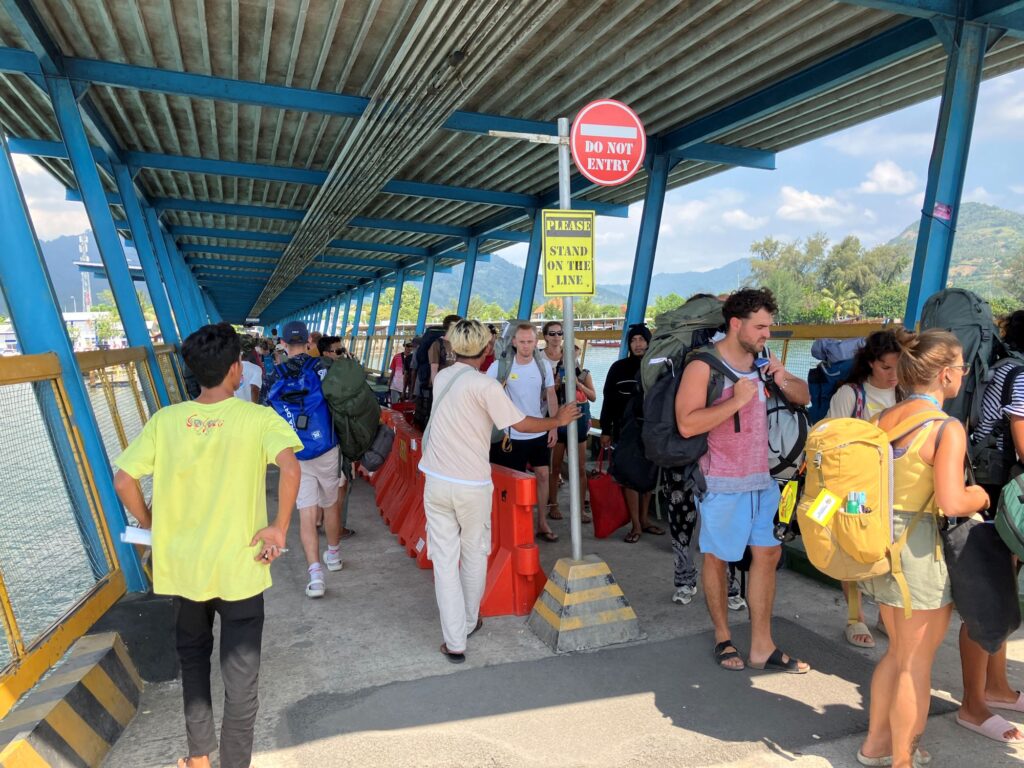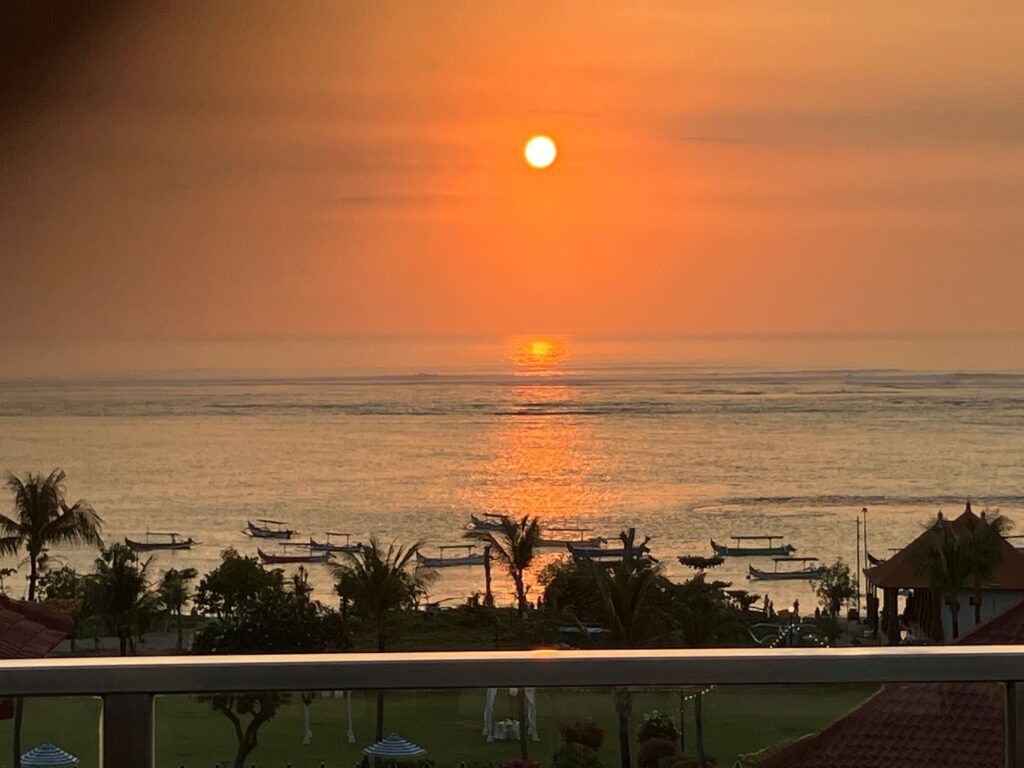I managed to get the engine on Phywave started last Monday. I fixed the starter by “exercising” the solenoid (turning it on and off multiple times) and liberally lubricating it with T9 (much better than WD40). With the solenoid operating smoothly, I bolted the starter motor back in place.
However, as is sometimes the case, that was not the only problem. To minimize electrical leakage currents, my engine is equipped with a “grounding relay” that only connects the start battery negative to the engine block when the starter is engaged. If that relay doesn’t close, there won’t be any battery voltage across the starter and it won’t run. After a few tests I concluded the relay had failed. I got around that by using my battery jumper cables to bypass the relay and connect the battery negative directly to the engine block for startup. With that in place I was able to start the engine. Once the engine was running, I could remove the jumper cable; in effect, replicating the action of the relay.
While I was doing all this I also wired a switch across the terminals of the starter so if the Volvo Penta MDI control box should fail for startup (they have a reputation for failure on boat engines), I can still directly start the engine with the switch (and the jumper).
Getting the boat operational again is only one takeaway from this episode. There are also the lessons learned, that I was under-equipped with engine spare parts for this voyage. Recognizing that lesson, and acting on it, I flew to Perth, Australia, to pick up a new starter, a few more spare parts and tools I wish I’d had, like a set of metric ratchet wrenches (gear spanners). Getting the starter in out of its tight space was a pain – very little room to move a standard wrench to tighten the bolts.
I was not particularly happy with having to use jumper to start the engine so one part I picked up in Perth was a “maybe” replacement for the failed relay. The part number of that relay was not in the Volvo Penta system so I sent them a photo and they came up with a relay with the same size, shape and connection terminals as the failed one. No promises it would work but I wired in place of the old one and, amazingly, the engine started perfectly. No more need for the jumper cable and the engine is back to its normal configuration.
All this reminded me of when I was in my 20’s and used to work on my cars before they became computers on wheels. I can continue my voyage a little better equipped with spares and little more knowledgeable about my engine.
Barring any new issues, I plan to complete Exit Formalities to leave Indonesia on Monday, June 3, and head back south through the Lombok Strait at first light the next day. Once through the Strait I’ll turn west across the Indian Ocean toward Cocos (Keeling) atoll, one of the few places in the world where parentheses are an official part of the name.
As I prepare to leave, I’ve included a few more photos of life around Lombok.

